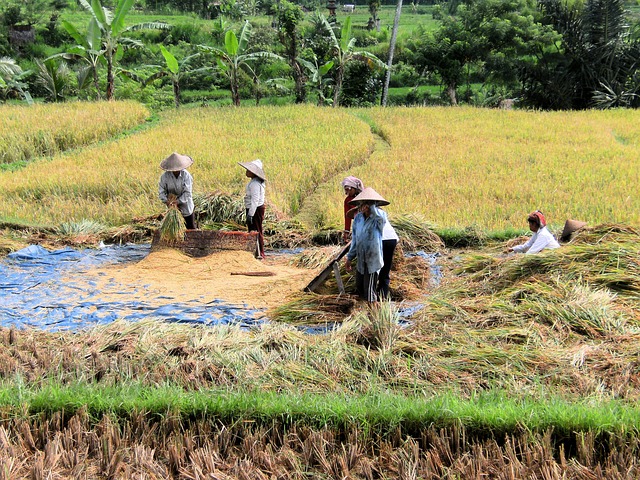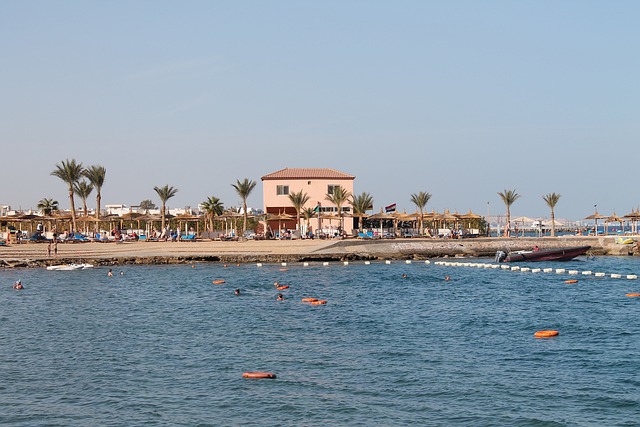paulista paradise life 😎 Paulista Paradise: The Contrasting Realities of Life in São Paulo

Olá, pessoal! Vamos aprender sobre paulista paradise life hoje, e também responderemos algumas dúvidas frequentes sobre paulista paradise life.
Nestled within the vibrant heart of Brazil lies São Paulo, a metropolis often heralded as the economic powerhouse of the nation. Boasting skyscrapers that seem to scrape the very skies and streets pulsating with the dynamic energy of its inhabitants, it is easy to romanticize life in this bustling city. However, beneath the surface of this “paulista paradise” lies a stark contrast of experiences that reflects both the glamor and the grit of urban life in one of the world’s largest cities.paulista paradise life

On one hand, São Paulo stands as a beacon of opportunity. It is a city where dreams can flourish, and ambitions can be realized, highlighted by its myriad cultural institutions, groundbreaking innovations, and vibrant arts scene. The city features a diverse array of high-end restaurants, boutique stores, and cultural events that attract creative souls and business moguls alike, creating an environment where creativity and commerce converge. It is not uncommon to see fashionistas discussing the latest trends over artisanal coffee in the upscale neighborhoods, while globally recognized artists showcase their talents in renowned galleries throughout the city. paulista paradise life

Yet, the story of São Paulo is not solely one of affluence and success. As one traverses the city’s neighborhoods, an equally significant narrative begins to unfold—a juxtaposition characterized by stark socio-economic divides. While some residents live in luxurious apartments with sweeping views of the skyline, just a few kilometers away, communities grapple with poverty and violence. Favelas—the informal settlements that have peppered the urban landscape for decades—serve as a poignant reminder of the disparities within this dynamic metropolis. A reality often overlooked in the mainstream portrayal of the city, these neighborhoods struggle with a lack of basic services, educational deficits, and limited economic prospects.
The burdens borne by individuals living in these marginalized spaces starkly contrast with the lifestyles of the privileged. Crime rates, a result of systemic socio-economic issues, are a constant concern for many residents, instilling fear and uncertainty. The juxtaposition further accentuates the duality of urban life: for some, São Paulo embodies a utopian desire; for others, it reflects an unrelenting struggle for survival.paulista paradise life
The city’s transport system, known for its efficiency, serves as another intersection of these contrasting experiences. The Metropolitano de São Paulo—the metro system—provides a vital connection between the affluent zones and the poorer neighborhoods, enabling the movement of people from disparate lifestyles. During rush hour, the swathes of commuters crammed into trains stand as a stark reminder of the economic dichotomy, where individuals from various backgrounds share the same space yet exist in vastly different realities. While some view public transport as a mere inconvenience, for many it represents one of the few avenues for economic mobility.
Sob a perspectiva de paulista paradise life, conseguimos obter insights valiosos.
Culturally, São Paulo is an eclectic mosaic, encapsulated in its rich diversity. The influence of multiple ethnicities and cultures creates a unique blend that defines the city’s identity. Events such as the São Paulo Carnival and gastronomic festivals spotlight this vibrant tapestry, celebrating the city's rich heritage. However, even in the diversity lies contradiction, as these events primarily attract the affluent, often sidelining marginalized communities whose roots are intertwined with the very culture being celebrated.
Moreover, the pandemic laid bare many of these societal fractures. While the privileged found refuge within their homes, equipped with resources and luxuries that made isolation more bearable, a significant segment of the population faced hardships that intensified existing inequalities. The effects of the health crisis rippled through the city's economy, leading to job losses and exacerbation of the socio-economic divide. The resilience displayed by these communities has, however, become a rallying cry, highlighting the human capacity to endure amidst adversity.
As São Paulo evolves, the pressing need for systemic change resides at the forefront of public discourse. Activists and community leaders advocate for policies that address these disparities, pushing for social reform aimed at bridging the gap between the haves and have-nots. Movements emerge from the cracks of the cityscape, galvanized by a shared vision of equality and justice, driving home the notion that the heart of São Paulo beats strongest in unity, drawing strength from its techno-cultural chaos.
Ultimately, the duality of life in São Paulo serves as both a microcosm of Brazilian society and a broader commentary on urban existence in the contemporary world. The contrast is palpable—between wealth and poverty, privilege and struggle, hope and despair. Yet, within this paradox lies an opportunity for dialogue and reform, fueling the collective aspiration for a more inclusive future. An age-old adage rings true: the beauty of this city is found in its complexity, where each experience contributes to the dynamic narrative of a city that ever seeks to harmonize its profound contrasts.
A explicação sobre paulista paradise life e paulista paradise life chegou ao fim, esperamos que tenha ajudado você!
Fale conosco. Envie dúvidas, críticas ou sugestões para a nossa equipe através dos contatos abaixo:
Telefone: 0086-10-8805-0795
Email: portuguese@9099.com


